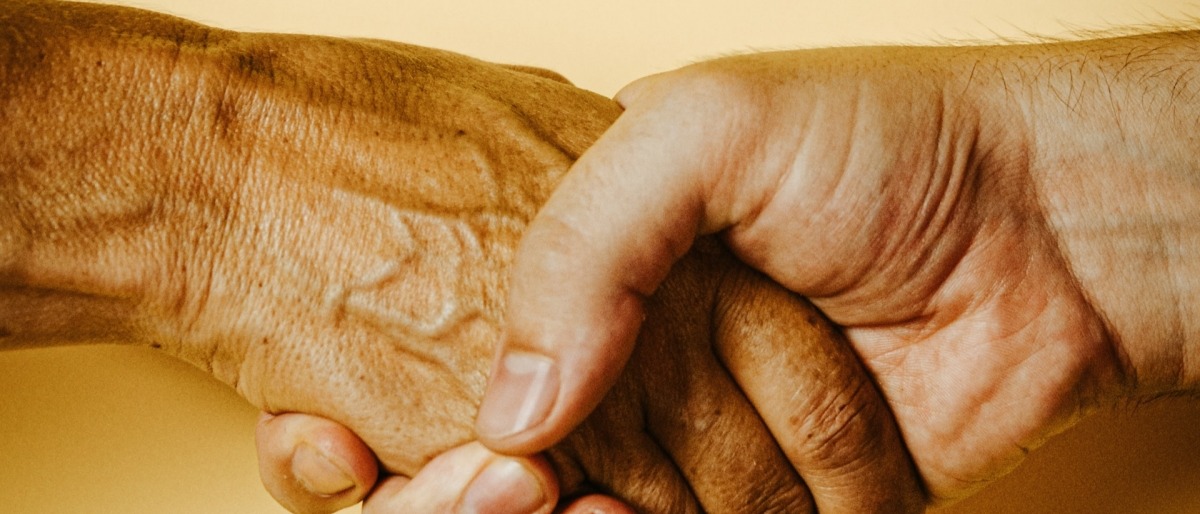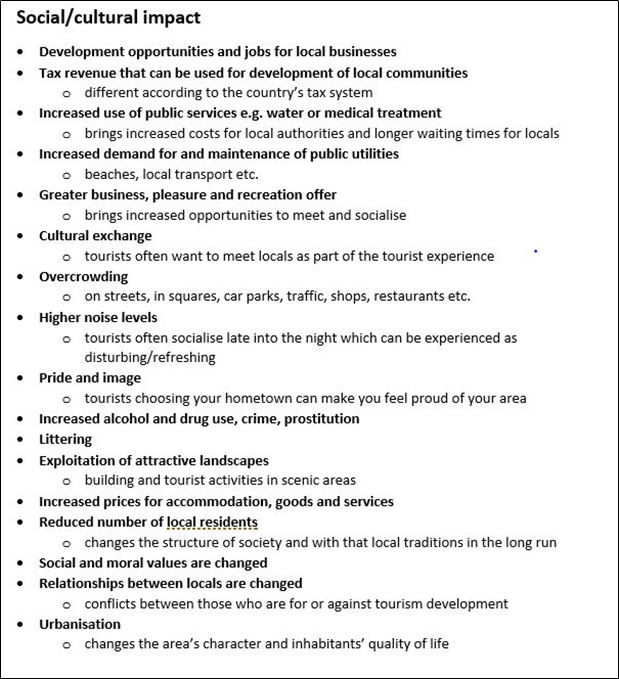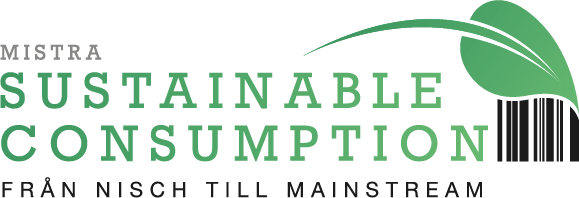
Social and cultural impacts
When we travel we consume places and local cultures. That can happen with more or less interaction with the local population. Maybe you only get to meet the hotel and restaurant staff? The influx of temporary visitors with other goals and means than the local population (see Behaviour on holiday) affects the local community and its inhabitants’ quality of life and culture, in the short and long term. Where tourism has grown exponentially many different positive and negative impacts have been noted, and the greater the dependence on tourism the community has, the more inclined locals and the local tourist industry are to change local traditions and lifestyles to adapt to tourists’ needs.
Local populations’ reactions to increased tourism occur in different ways. They have different strategies to adapt their day to day life around tourists. Some embrace development wholeheartedly. These are often locals with a connection to the tourism industry. Others create barriers, in other words they keep their distance from tourists and rarely interact. Locals might avoid touristy squares and streets. Other distancing strategies are withdrawal involving removing themselves completely from the area during the tourist season. Maybe you have another place to move to for the time being. An extreme strategy, appearing recently in Barcelona and Venice, for instance, is opposition. In this case tourism has affected their life quality very negatively, and the volume of tourism is so extreme that the local population demonstrate or act violently against tourism actors.
In a review of earlier research, Australian researchers listed the potential positive and negative impacts from a social perspective. In the table below is a selection of the most prominent:

It’s important to take into account potential social and cultural impacts when planning for tourism. Often the focus is on tourism as a tool for socio-economic development (money and jobs), but a majority of local residents more often come into direct contact with the impacts listed in the table above. The impacts are more obvious in less rural communities and in destinations where the distances (cultural, economic, powerful, etc.) between tourists and local residents are greater.
Sources
Ap, J., & Crompton, J. L. (1993). Residents' Strategies for Responding to Tourism Impacts. Journal of Travel Research, 32(1), 47-50.
Deery, M., Jago, L., & Fredline, L. (2012). Rethinking social impacts of tourism research: A new research agenda. Tourism Management, 33(1), 64-73
Hunt, E. (2017, August 4). ‘Tourism kills neighbourhoods’: how do we save cities from the city break? The Guardian. www.theguardian.com.
Lundberg, E. (2014). Tourism Impacts and Sustainable Development. Gothenburg: University of Gothenburg.










